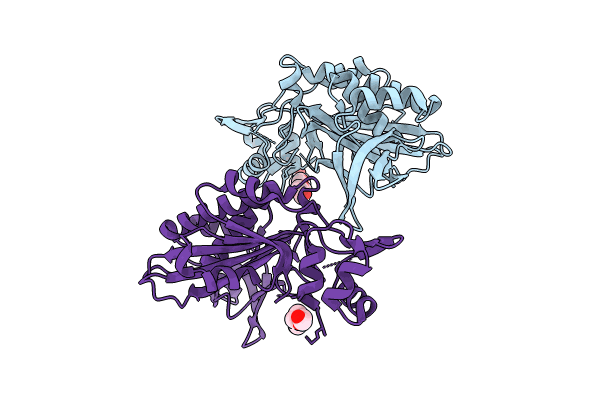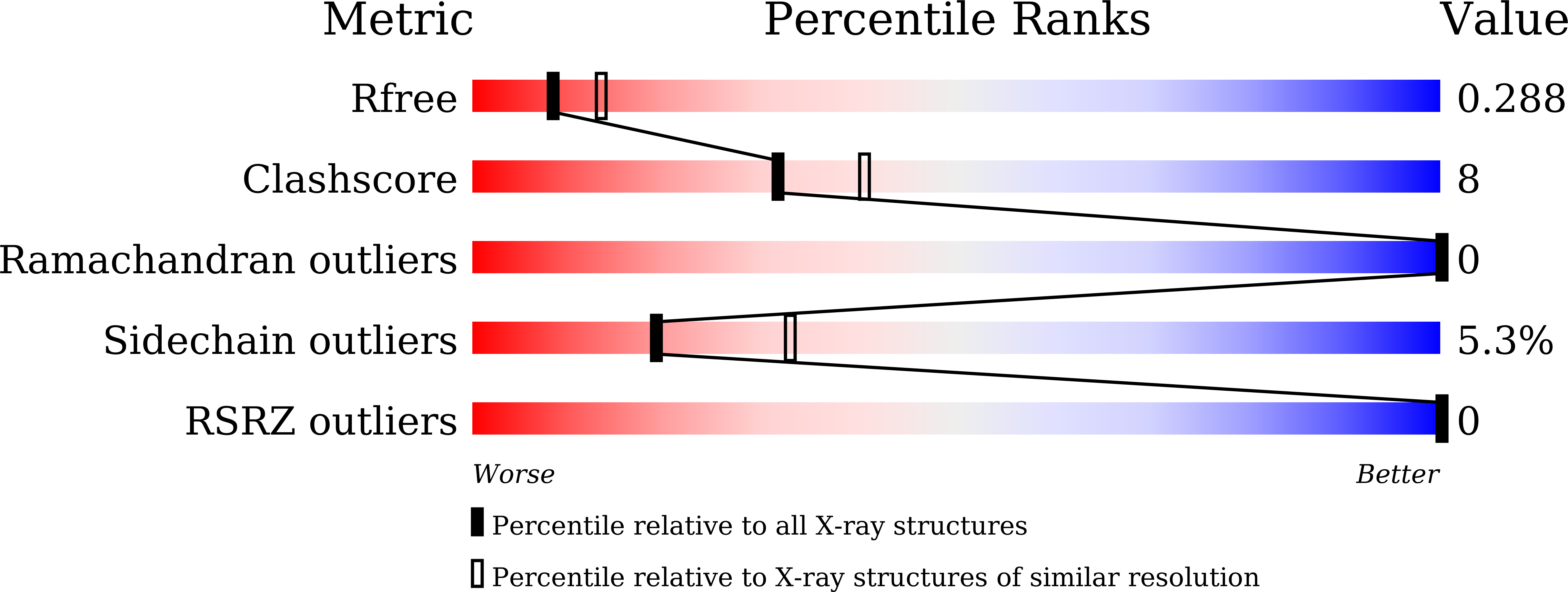
Deposition Date
2024-08-21
Release Date
2024-09-11
Last Version Date
2024-09-11
Entry Detail
PDB ID:
9J8F
Keywords:
Title:
Structural insights into BirA from Haemophilus influenzae, a bifunctional protein as a biotin protein ligase and a transcriptional repressor
Biological Source:
Source Organism:
Haemophilus influenzae Rd KW20 (Taxon ID: 71421)
Host Organism:
Method Details:
Experimental Method:
Resolution:
2.65 Å
R-Value Free:
0.29
R-Value Work:
0.24
R-Value Observed:
0.24
Space Group:
P 41


